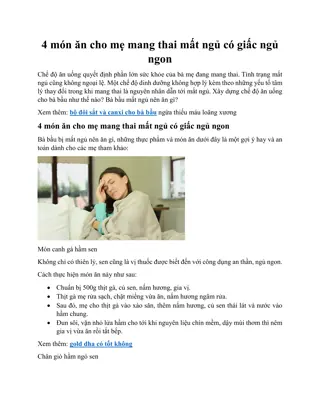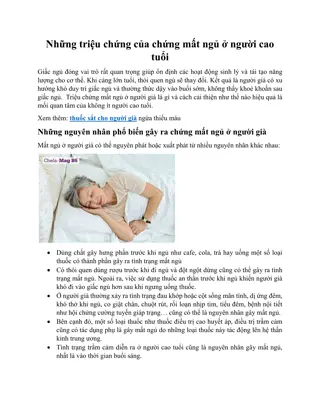
Algebraic Theorems and Transformations in Mathematics
Explore algebraic theorems including an analog of Cayley's theorem for groups and the characterization of singular transformations in mathematics. Understand the proofs and implications for vector spaces and algebra homomorphisms.
Download Presentation

Please find below an Image/Link to download the presentation.
The content on the website is provided AS IS for your information and personal use only. It may not be sold, licensed, or shared on other websites without obtaining consent from the author. If you encounter any issues during the download, it is possible that the publisher has removed the file from their server.
You are allowed to download the files provided on this website for personal or commercial use, subject to the condition that they are used lawfully. All files are the property of their respective owners.
The content on the website is provided AS IS for your information and personal use only. It may not be sold, licensed, or shared on other websites without obtaining consent from the author.
E N D
Presentation Transcript
Name : M.Vijaya Shankari. Department: Mathematics College: HKRH College,Uthamapalayam Subject : Algebra ll
1)Analog of a cayleys theorem for groups: Statement:- If A is an algebra with unit element over F. Then, A is isometric to a sub algebra of A(V) for some vector space V over F. Proof:- Since A is an algebra over F. It is a vector space over F. We use V=A to prove this theorem. If a A, let Ta: A---- A be defined by VTa= Va for all v A
Claim:- Tais a linear transformation on V(=A) Let v1,v2 A 1)( v1+ v2) Ta= ( v1+ v2)a=v1a+v2a=v1Ta+v2Ta 2)( v)Ta= ( v)a= (va)= (vTa) Hence Tais a linear transformation on A Now, Consider the mapping : A--- A(V) defined by a =Ta for any a A Claim 2:- is an isomorphism of A into A(V) if a,b A and , F Then for all v A vT( a+ b)= v( a+ b)= v( a)+v( b)= (av)+ (bv)= (vTa)+ (vTb)= v( Ta)+v( Tb)=v( Ta+ Tb)
Hence, We have vT(a+b)= v(Ta+Tb) Hence, T( a+ b)= Ta+ Tb Therefore, ( a+ b) = T( a+ b)= Ta+ Tb ( a+ b) = (a )+ (b ) Therefore, is the vector space homomorphism of A into A(V) For a,b A vTab=v(ab)=(va)b=(vTa)b=(vTa)Tb= v(TaTb)
Therefore, Tab= TaTb Therefore, (ab) = Tab= TaTb=(a )(b ) Therefore is a ring homomorphism of A. Hence we have proved that is an algebra homomorphism of A into A(V) TO DETERMINE THE KERNEL OF Let a A be in the kernel of , Then a =0 Implies that Ta=0
Therefore vTa=0 for all v V Now V=A and A has a unit element e Hence, eTa=0 Implies that 0= eTa=ea=a Implies that a=0 The kernel of must therefore merely consist of zero alone. Hence is an isomorphism of A into A(V)
2)Characterisation of singular transformation: Statement:- If V is a finite dimensional over F, Then T A(V) is singular iff there exist a v 0 in V such that vT=0 Proof:- Assume that T is singular Since T is singular, there is an S 0 in A(V) such that ST=TS=0
Since S0, there is an element w V such that wS0 Let v=ws then v 0 and vT=(wS)T=w(ST)=w(0)=0 Hence we have produced a nonzero vector v in V, Which is annihilated by T Conversely, Assume that there exist a v 0 in V with vT=0 To prove: T is not invertible. Suppose that T is invertible
Then T-1exists Therefore, (vT)T-1=0T-1=0 Implies that (vT)T-1=0 Implies that v(TT-1) =0 Implies that v(1)=0 Implies that v=0 This is a contradiction to v 0 Hence T is not invertible
3)Characterisation of regular transformation: Statement: If V is finite dimensional over F, Then T A(V) is regular iff T maps V onto V Proof:- If T is regular, then given v V, V = (vT-1)T Therefore, vT = v Hence, T is onto
Conversely, Assume that T is onto To prove that T is regular Suppose that T is not regular, There exist a vector v1 0 in V such that v1T=0 We can fill out from v1to a basis v1,v2,...,vnof V, Then any element in vT is a linear combination of the elements w1 =v1T, w2=v2T,..., wn=vnT. Since w1=0, vT is spanned by the (n-1) elements w2,...,wn Therefore, dim(vT) (n-1) < n=dim v But then vT must be different from V. i.e., T is not onto which is a =><= Therefore, T must be regular
4)If F is a characteristics root of T A(V), Then for any polynomial q(X) is a characteristic root of q(T) Proof:- Suppose F is a characteristics root of T There is a nonzero vector v in V such that vT= v vT2= (vT)T=( v)T= (vT)= ( v)= 2v
Continuing in this way we get vTk= kv for all positive integer k If q(x)= 0xm+ 1xm+1+ 2xm+2+...+ mfor i F Then, q(T)= 0Tm+ 1Tm+1+...+ m(1) Therefore, v(q(T))=v( 0Tm+ 1Tm+1+...+ m(1)) = 0(vTm)+ 1(vTm+1)+...+ m(v) = 0( mv)+...+ m(v)
=v(0m+1m-1+...+m) Therefore, v(q(T)) = (q( ))v Implies that v(q(T)-q( ))=0 Therefore q( ) is a characteristic root of q(T)






















